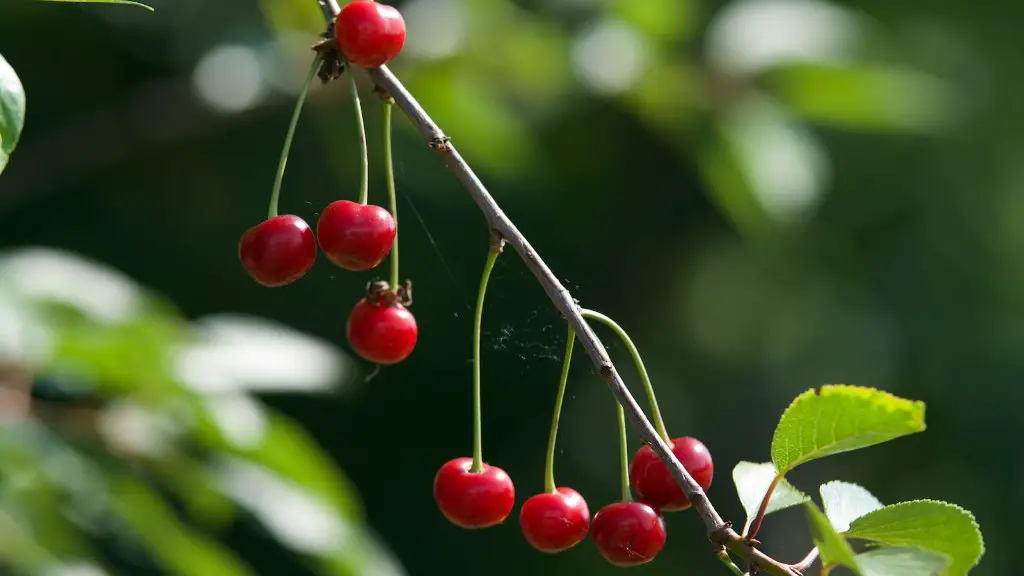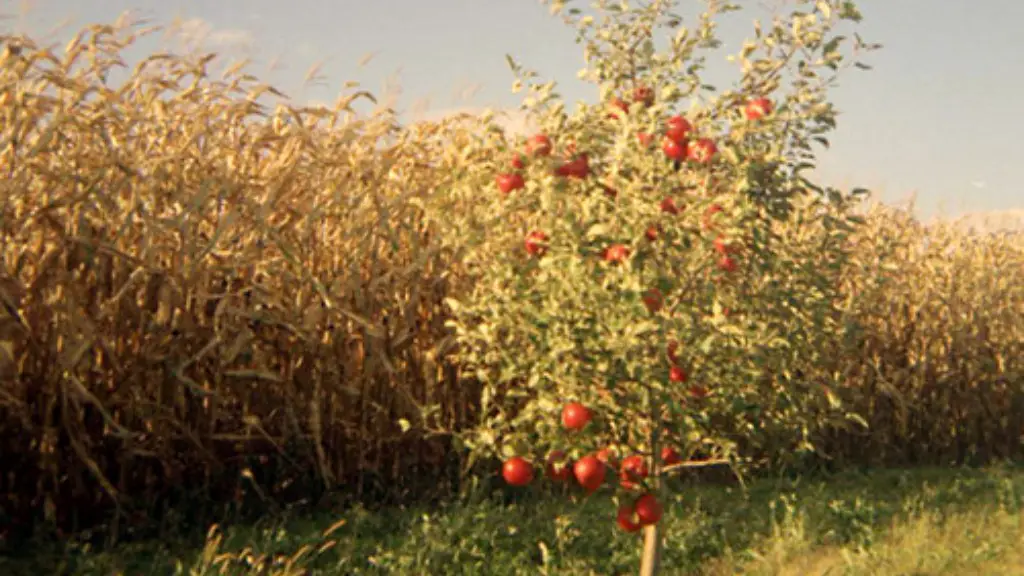Introduction
Japanese cherry blossom trees, scientifically known as Prunus serrulata, are a sight to behold. Not only do they look beautiful once they have bloomed, but they have a cultural history that dates back centuries. Trimming a Japanese cherry blossom tree is important for three main reasons- to maintain the tree’s health and vigor, to make it visually appealing, and to improve flowering. Pruning a cherry blossom tree must be done with knowledge and care, as improper trimming can cause damage or even death to the tree. Read on to understand the technique, approach, and importance of trimming a Japanese cherry blossom tree.
Determining the Need for Trimming
The first step for trimming a Japanese cherry blossom tree is to determine the tree’s health and the need for trimming. A tree that is healthy should be pruned only when necessary. A tree that is unhealthy or has dead branches may require more frequent trimming to revive and maintain its well-being. If there are any branches that are crossing, weak, dying, or dead, they should be removed so that the tree can get the most of its water and sunlight. Additionally, branches should not be pruned to maintain the tree’s shape or style unless absolutely necessary.
Know the Time of Trimming
It is important to know the right time of trimming a Japanese cherry blossom tree. Generally, the best time is late winter, when the cherry blossom tree is dormant, as this is when there is little risk of spreading disease. Furthermore, it is easier to identify the branches that need to be trimmed.
The Techniques of Trimming
When trimming a Japanese cherry blossom tree, it’s important to use the right technique. The goal is to maintain the tree’s natural shape and size, without causing any damage to the tree. The first step is to make sure the tree is adequately protected from the elements, as pruning shears can easily cause damage to the tree’s bark. Pruning shears should be used to carefully trim away any dead or dying branches. It is important to use the correct pruning shears, which depends on the thickness of the branches being trimmed.
Cleaning Up the Tree
After pruning the branches, it is important to clean up the tree. This involves removing any debris that was created during the pruning process. Any fallen branches, leaves, and twigs should be cleared away so that the tree looks clean and healthy.
The Importance of Trimming
Trimming a Japanese cherry blossom tree is important for several reasons. By pruning the tree, you are able to maintain its health and vigor and ensure that it receives adequate resources such as water and sunlight. Additionally, trimming the tree can make it look more visually appealing and improve the flowering of the tree. Pruning is also necessary to remove any dead or diseased branches in order to prevent the spread of disease.
Health Benefits
Japanese cherry blossom trees have many health benefits. The variety of vitamins and minerals contained in the tree enable it to improve cognitive functioning, boost the immune system, and even potentially prevent certain diseases. Additionally, the tree can add beauty and life to any property or yard.
Contextual Understanding
When it comes to trimming a Japanese cherry blossom tree, it’s important to understand the context of why you are trimming it. Is it to maintain the tree’s health and vigor? Is it to improve flowering? Or is it simply to improve the aesthetics of the tree? Knowing the purpose of trimming will help inform the decisions made throughout the process.
Alternatives to Trimming
If pruning a Japanese cherry blossom tree is not an option for one reason or another, then there are other alternatives that may be used to maintain the tree’s health and wellbeing. These might include fertilizing, mulching, and choosing a location with ample sunlight and water. Additionally, opting for a variety of Japanese cherry blossom tree that is more resistant to disease can be beneficial.
Wrap-up
To wrap up, trimming a Japanese cherry blossom tree is an important process that should be carried out with knowledge and care. Pruning a Japanese cherry blossom tree can improve the tree’s health and vigor, improve flowering, and maintain the trees overall looks and appeal. Additionally, the cherry blossom tree can provide numerous health benefits. It is important to understand the context of why you are trimming the tree, and to use the most suitable technique for the job. If pruning is not possible, there are other methods that can be utilized to maintain the health and wellbeing of the tree.

